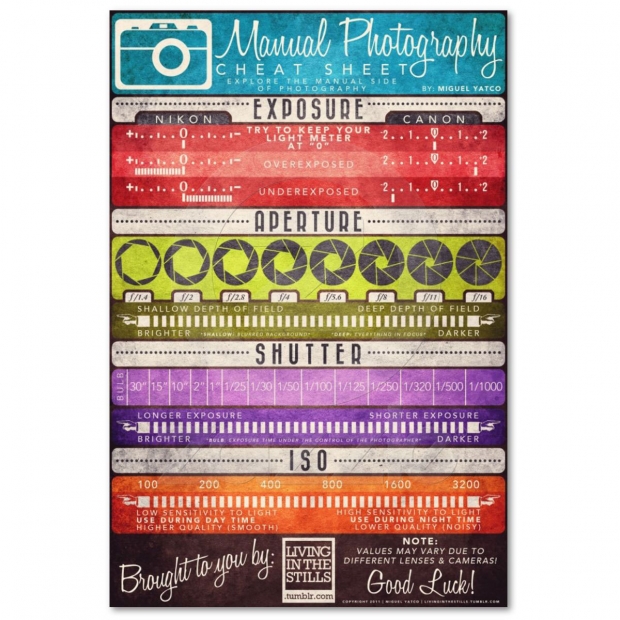Join Us To Uncover Vital Digital Photography Tips That Will Open Your Cam'S Possibility-- Prepare To Capture Sensational Photos In No Time At All!
Join Us To Uncover Vital Digital Photography Tips That Will Open Your Cam'S Possibility-- Prepare To Capture Sensational Photos In No Time At All!
Blog Article
Write-Up Author-Whitley Monroe
When you first get your cam, it can feel frustrating with all the setups and options readily available. You might find yourself questioning how to navigate aperture, shutter rate, and ISO effectively. Understanding these principles is critical, however there's more to digital photography than simply technical knowledge. Comprehending Photographer near me and lighting conditions can boost your pictures significantly. So, what if you could discover easy strategies to enhance your skills and begin catching remarkable images sooner than you assume? Let's explore just how to transform your digital photography journey.
Understanding Electronic Camera Settings
Comprehending your video camera settings is vital for recording spectacular images. When you grab your camera, familiarize on your own with the three main setups: aperture, shutter rate, and ISO. Each plays an important duty in just how your pictures end up.
Beginning with aperture, which regulates the amount of light entering the lens. A bigger aperture (lower f-number) lets in much more light and creates a stunning history blur, excellent for pictures. Alternatively, a narrower aperture (greater f-number) maintains more of the scene in emphasis, ideal for landscapes.
Next off, concentrate on shutter speed. This setting identifies how long your camera's sensing unit is revealed to light. A quick shutter rate freezes motion, which is terrific for action shots, while a sluggish shutter rate can create stunning effects like smooth water in landscapes.
Lastly, adjust your ISO. This setup influences your camera's sensitivity to light. A higher ISO is useful in low-light situations however can introduce noise or grain. get redirected here for the lowest ISO feasible while still achieving appropriate exposure.
Composition Strategies
When you're out shooting, structure can make all the difference in how your images reverberate with visitors. Begin by utilizing the regulation of thirds; imagine your frame split right into nine equal sections with two horizontal and two upright lines. Position key elements along these lines or at their intersections to create equilibrium and rate of interest.
Next, take into consideration leading lines. These all-natural lines in your scene, like roads or rivers, draw the customer's eye into the photo, guiding them with the story you're informing.
Don't forget about mounting; usage elements within your scene, like trees or windows, to create a frame around your topic, adding depth and emphasis.
Likewise, keep an eye on your history. A cluttered history can sidetrack from your primary topic, while an easy one assists it stand apart.
Last but not least, explore balance and patterns; they can develop a striking image that catches interest.
Learning Lights Conditions
Understanding lighting problems is crucial for catching stunning photos, as the appropriate light can transform a regular scene into something phenomenal.
Start by observing natural light at various times of the day. Mornings and late afternoons use the most effective light, called the golden hour. The soft, cozy tones throughout these times can improve your pictures beautifully.
Do not avoid cloudy days either; diffused light can lessen harsh shadows and produce a pleasing impact, especially for pictures.
Experiment with backlighting by positioning your topic against the light source. This method can create a wonderful halo effect and include depth to your photos.
Take note of your cam setups also. Change the ISO, aperture, and shutter speed to suit the illumination conditions. A higher ISO can assist in low light, however be cautious of grain.
Use a tripod in darker atmospheres to prevent blur.
Lastly, don't fail to remember synthetic illumination. Flash and continual lights can be wonderful devices for controlling light in difficult problems.
Final thought
To conclude, mastering your electronic camera does not need to be frustrating. By comprehending your setups, applying structure techniques, and taking advantage of the power of all-natural light, you'll quickly boost your digital photography abilities. Remember, exercise makes best, so get out there and try out your newly found knowledge. With https://postheaven.net/murray7149cornell/discover-the-crucial-digital-photography-equipment-that-will-certainly and devotion, you'll be catching spectacular photos that mirror your special perspective. Delight in the trip, and do not fail to remember to have a good time while you're at it!
